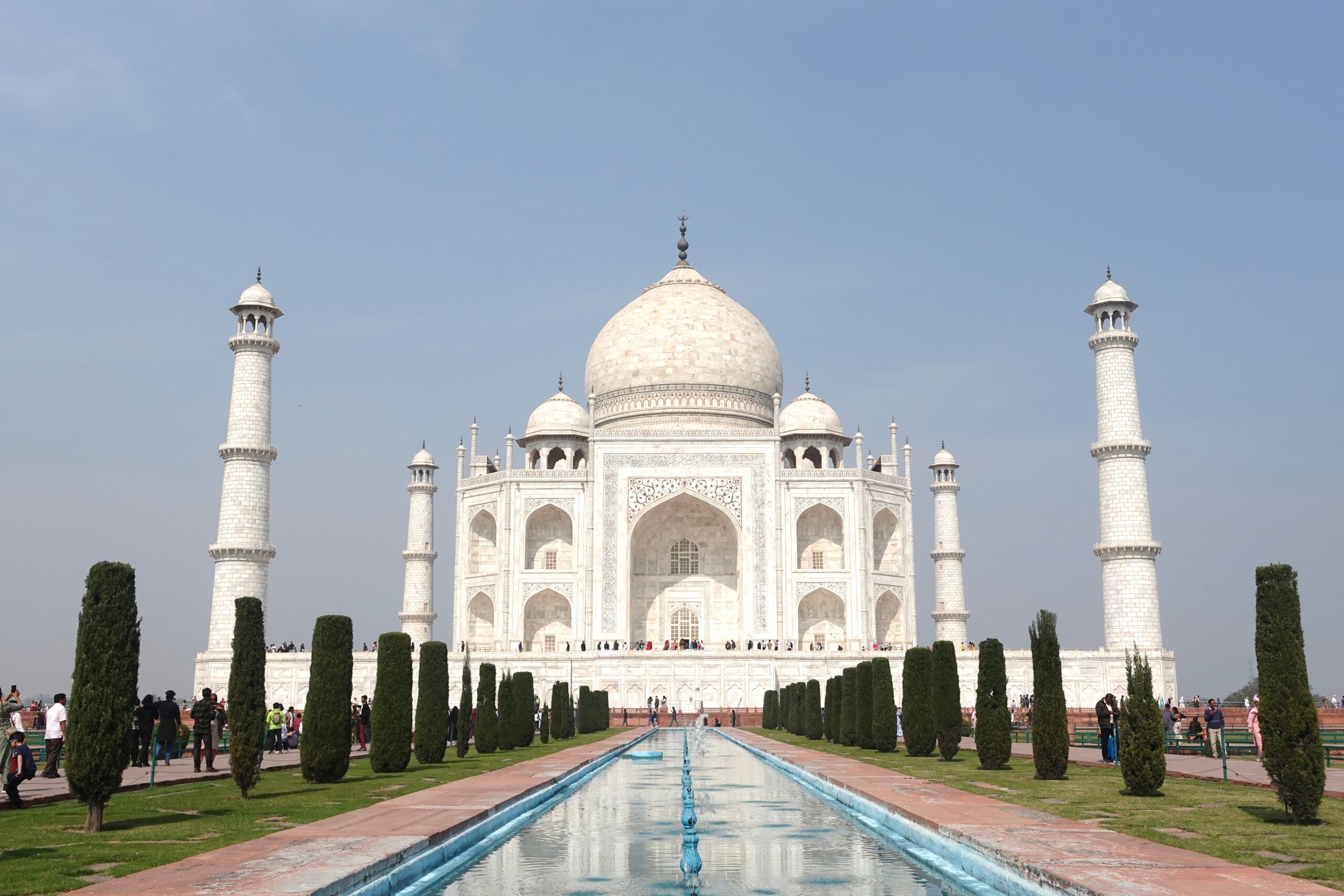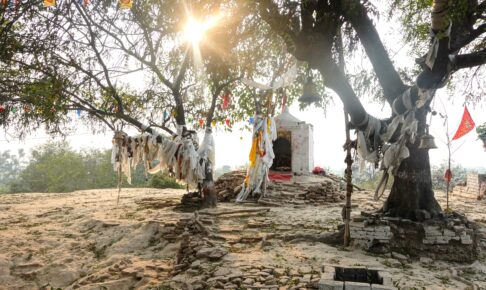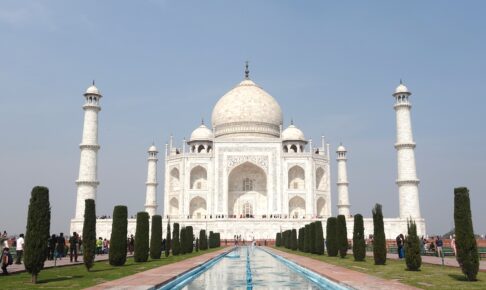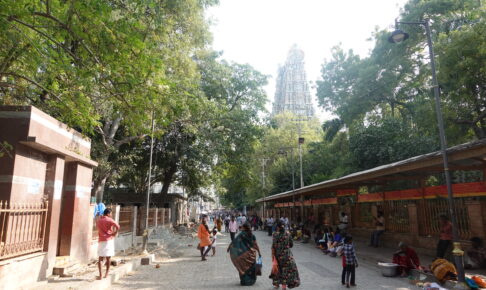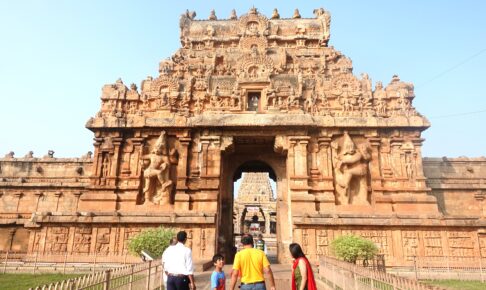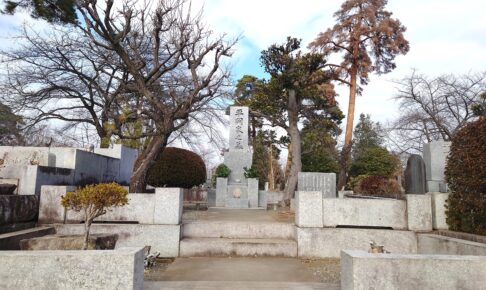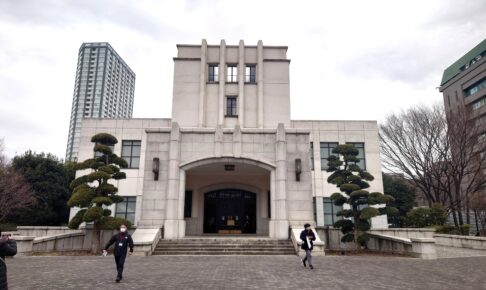Travels to Buddhist sites in India and Sri Lanka (67)
Visit to the Taj Mahal, a symbol of India - a tomb that looks like a palace and the tragedy of a captive king who gazes upon it.
I flew from Madurai to Delhi, where I chartered a car and began my tour of Buddhist sites.
The nearest Buddhist site from Delhi is called Sankasha, but I headed to the city of Agra before heading there.
When one thinks of Agra, one thinks of the Taj Mahal. And most people probably think of this structure when they think of India. Since I had come all the way to India, I decided to visit this World Heritage site.
It is smoothly accessible from Delhi by a well-connected highway. It takes about 3.5 hours to reach the city of Agra.
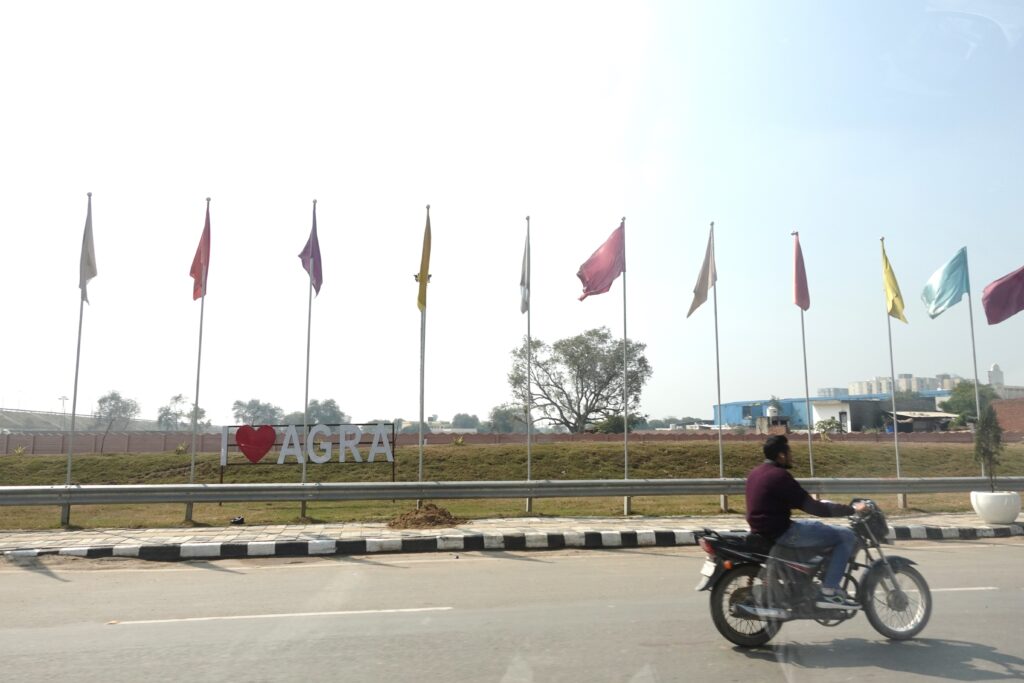
We arrived at the Agra area. It is a very touristy area.
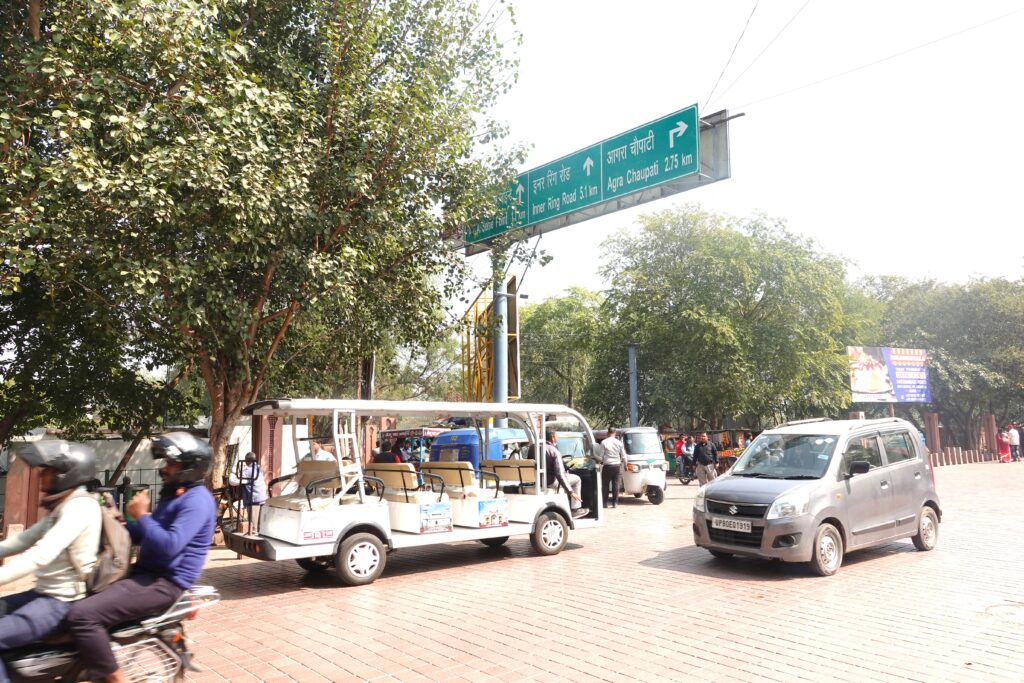
Arrive near the Taj Mahal. Currently, cars are not allowed to go near the Taj Mahal due to its conservation. It is necessary to prevent the white exterior walls from being stained by exhaust gas. Therefore, we tourists get out of our cars at a nearby parking lot and ride to the Taj Mahal on an electric cart like the one in the middle of the photo.
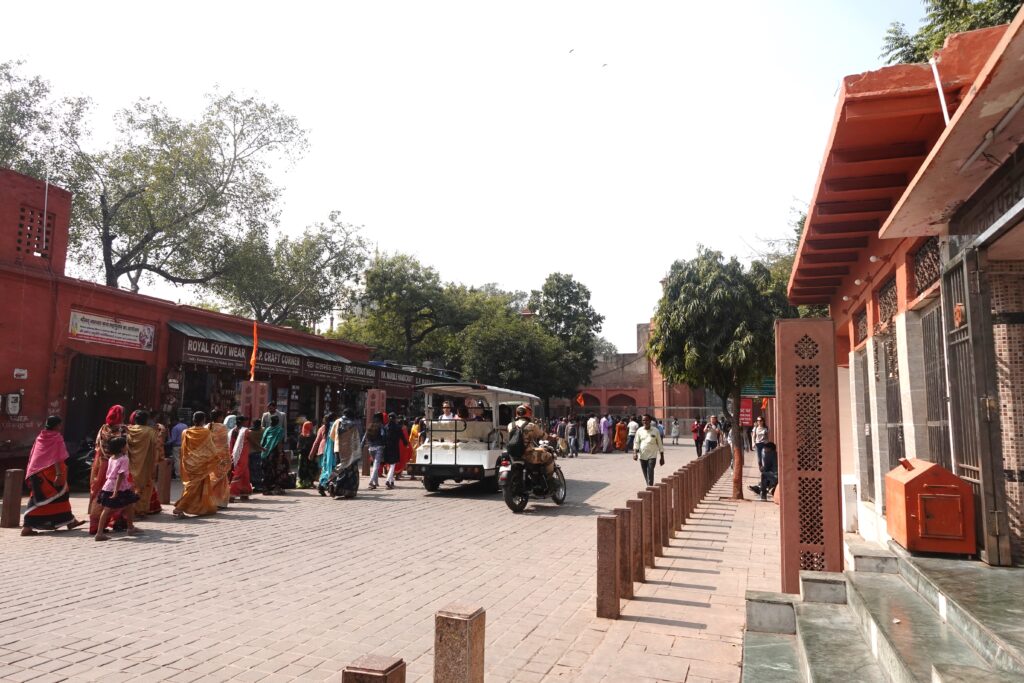
We came to the entrance of the Taj Mahal.
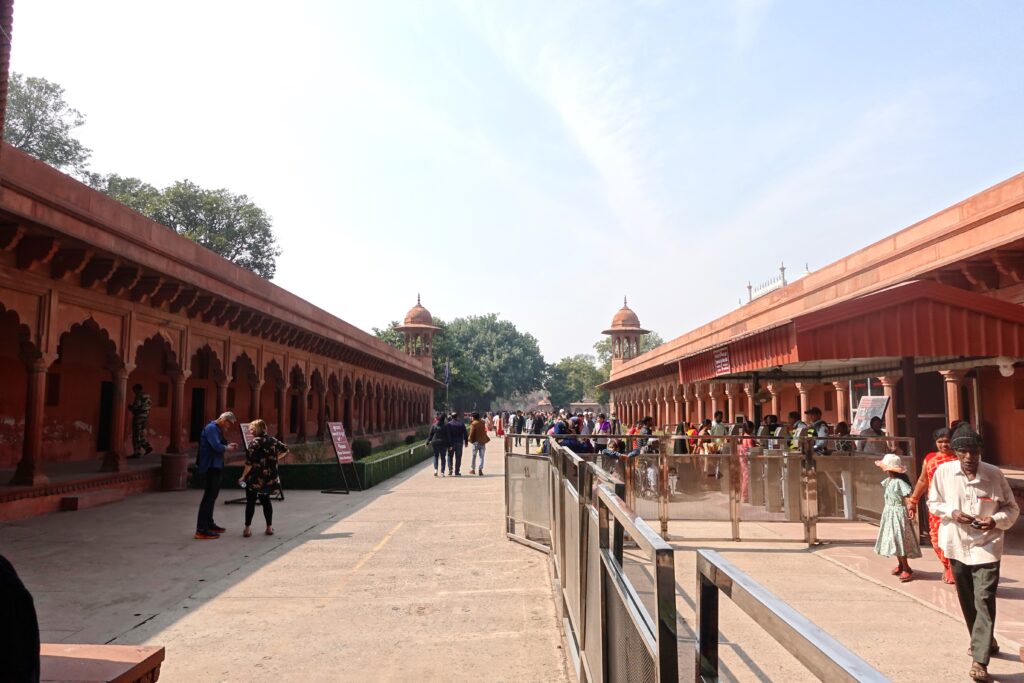
After completing the formalities, it was time to enter. The atmosphere is different from that of Hinduism in India, as it is reminiscent of the days of the Muslim empire. After passing through this passageway, a huge building can be seen in front of you on your right.
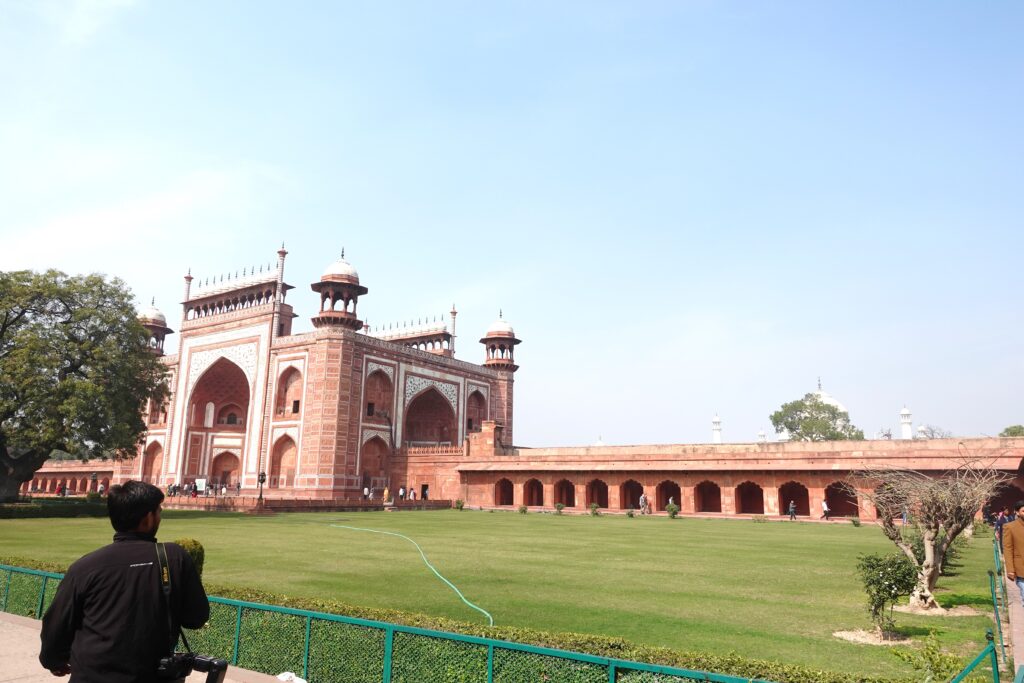
This is the Great Tower Gate, the entrance to the Taj Mahal. The white spire of the Taj Mahal can already be seen in the photo through the wall.
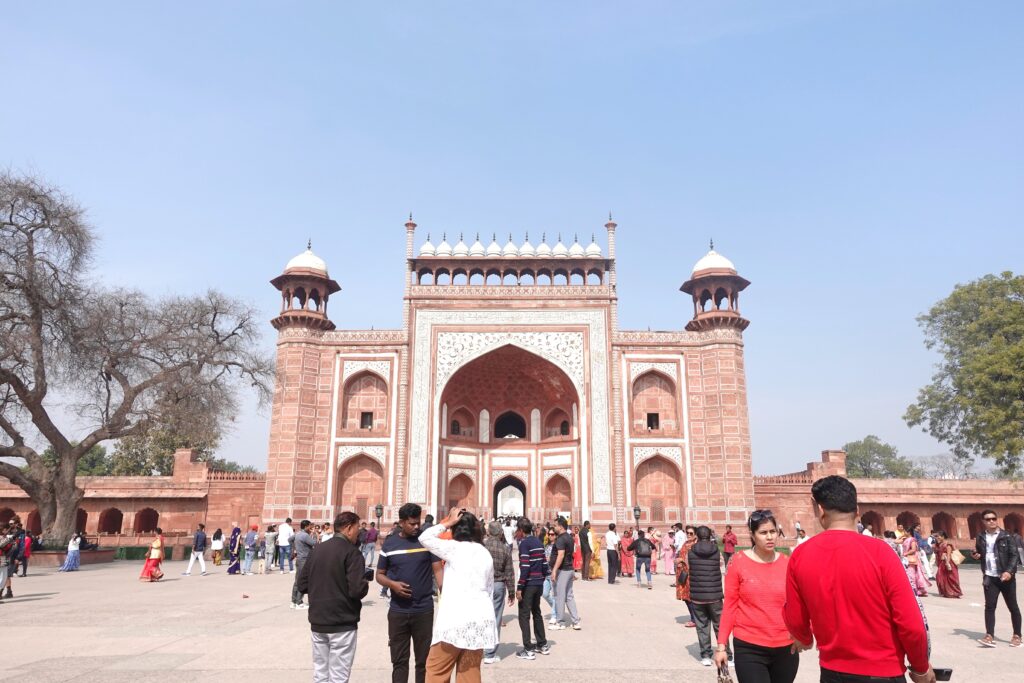
The huge gate made of red sandstone. The difference from the Hindu temples, which are filled with carvings of gods and goddesses, is clearly visible. In Islam, where idolatry is forbidden, the architecture is simple.
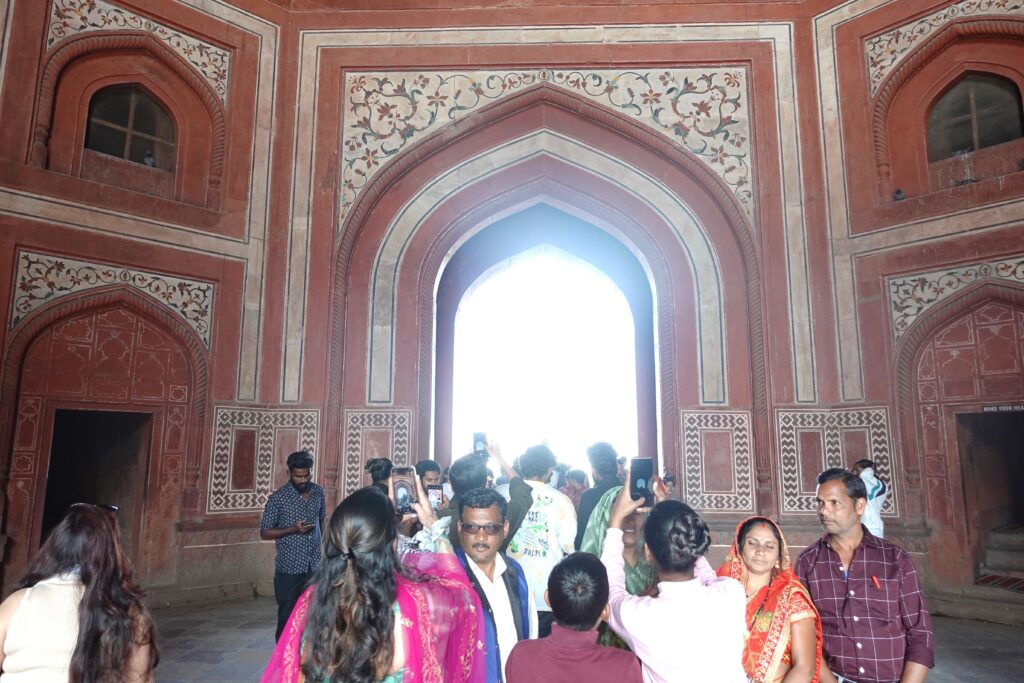
However, its artistic quality is still of a high standard. To the extent that they do not create sculptures or paintings of gods, they decorate the walls with flowers and geometric patterns. This is something I often felt at the Alhambra Palace in Spain.
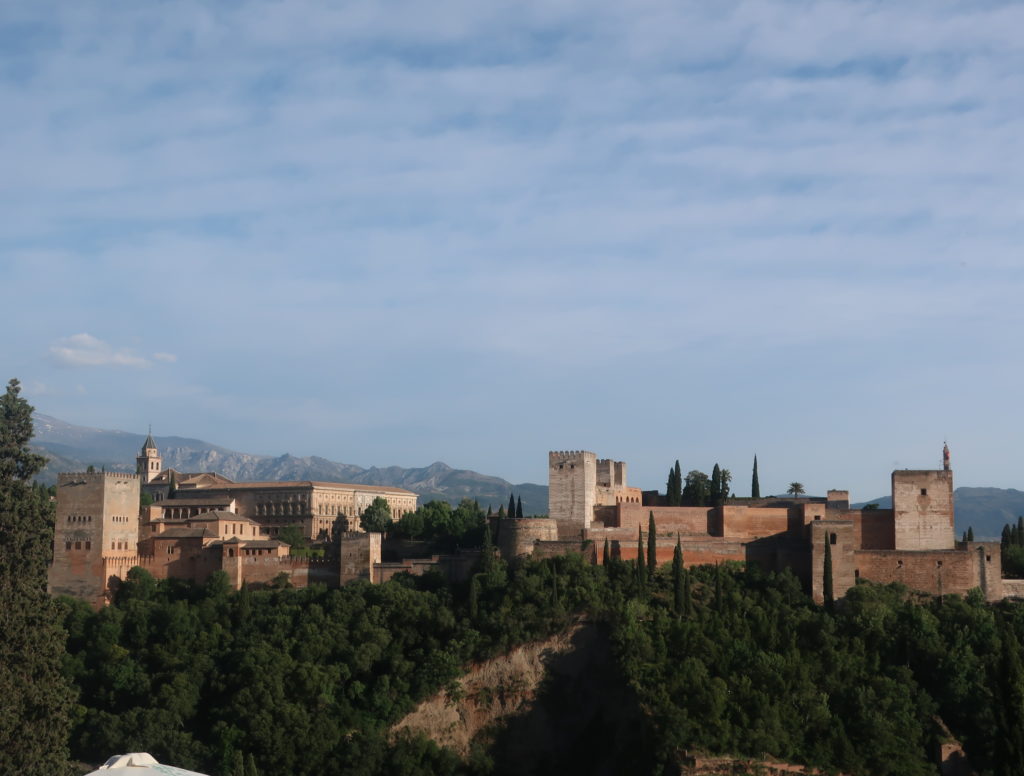
Now, it is time to meet the Taj Mahal.
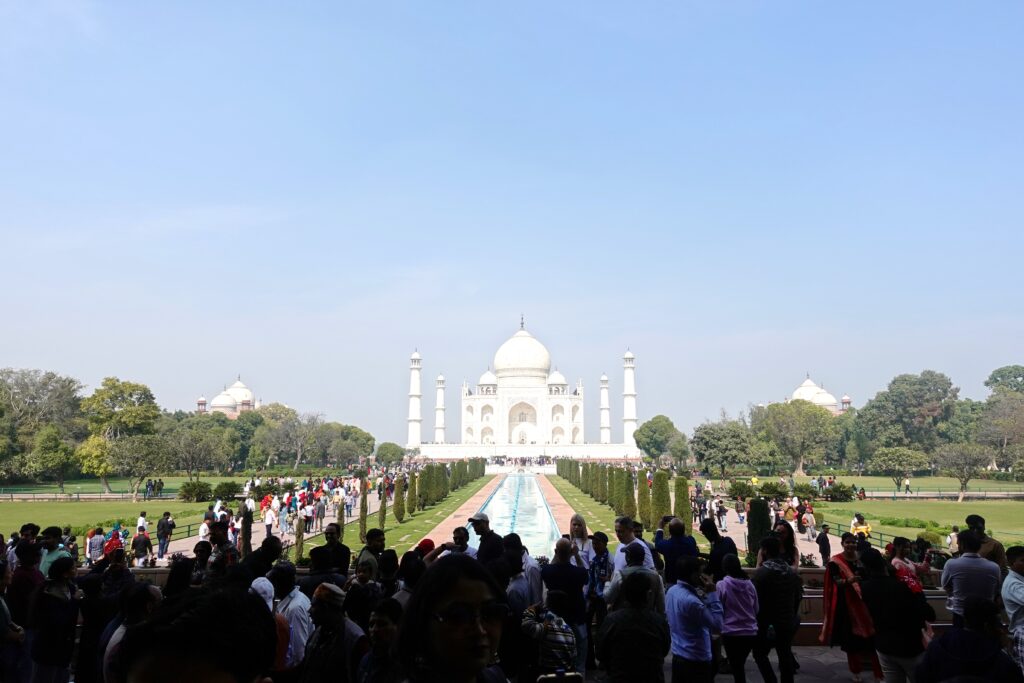
As you can see, the place is full of tourists aiming for the best spots.
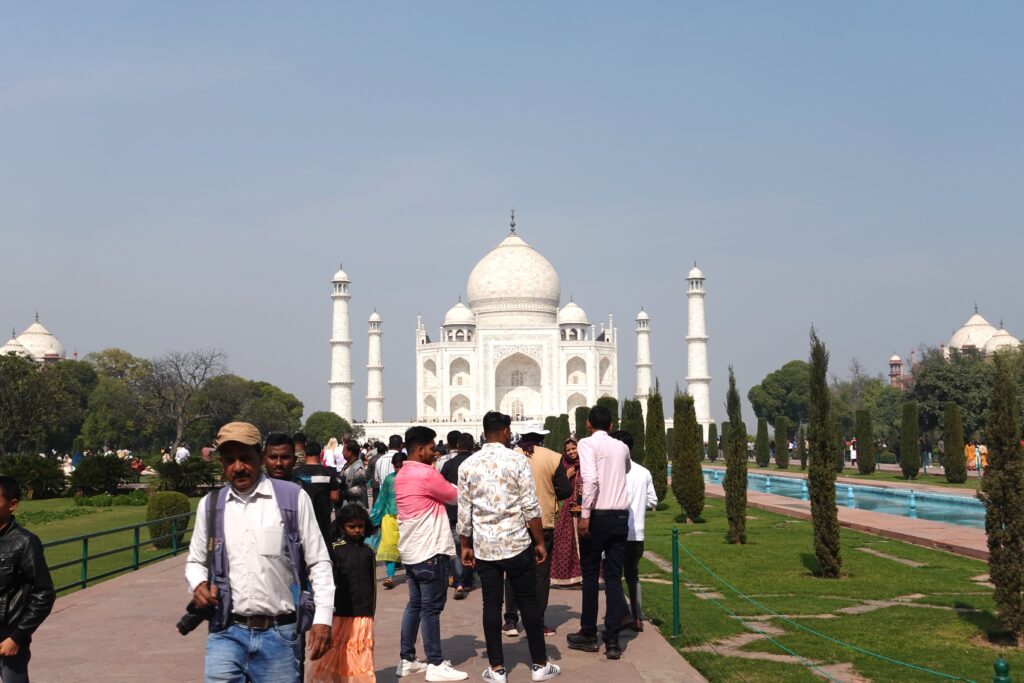
Walk to the neighborhood.
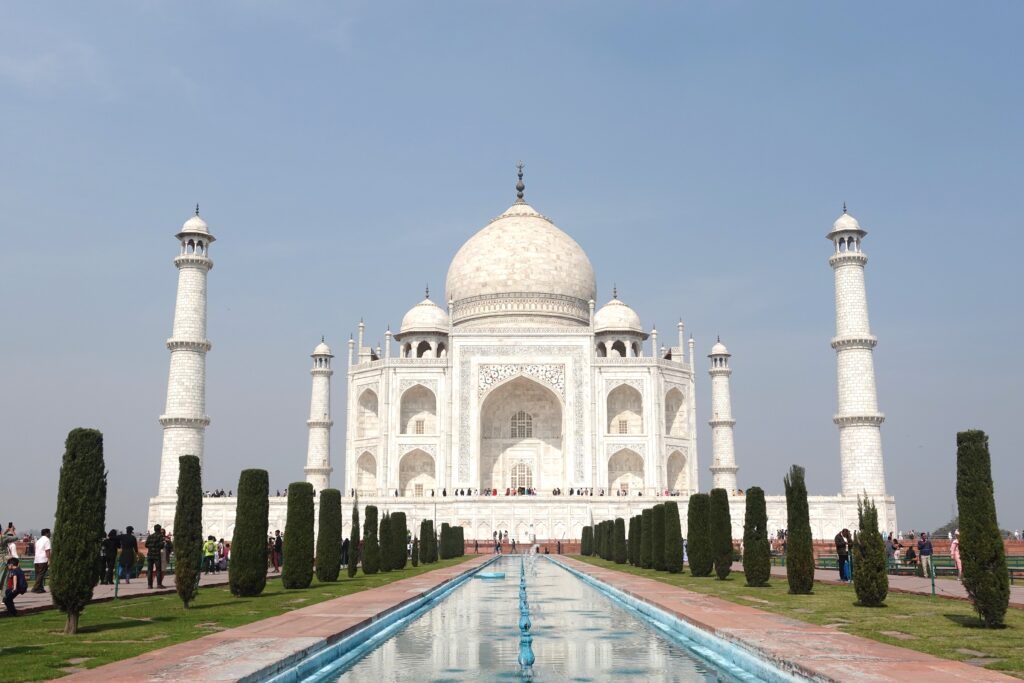
This angle is the best of the Taj Mahal for me. It is not too far and not too close. Moreover, the colors of the greenery and water in the garden come alive. I see, looking at this picture, this is indeed a picturesque view.
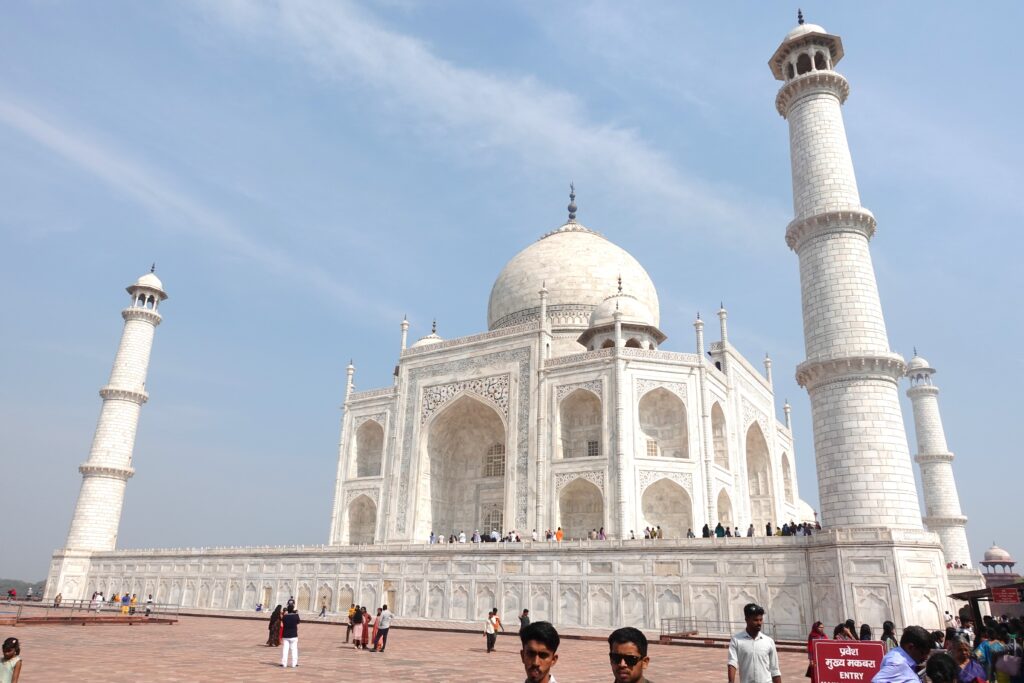
From a close distance, the building is still very powerful. Perhaps it is because this huge building stands alone in a large site, but I feel that the impression is further strengthened.
The Taj Mahal is a building that we tend to think of as a palace because of its luxurious appearance. In fact, this building is not a palace, but a tomb built for a woman.
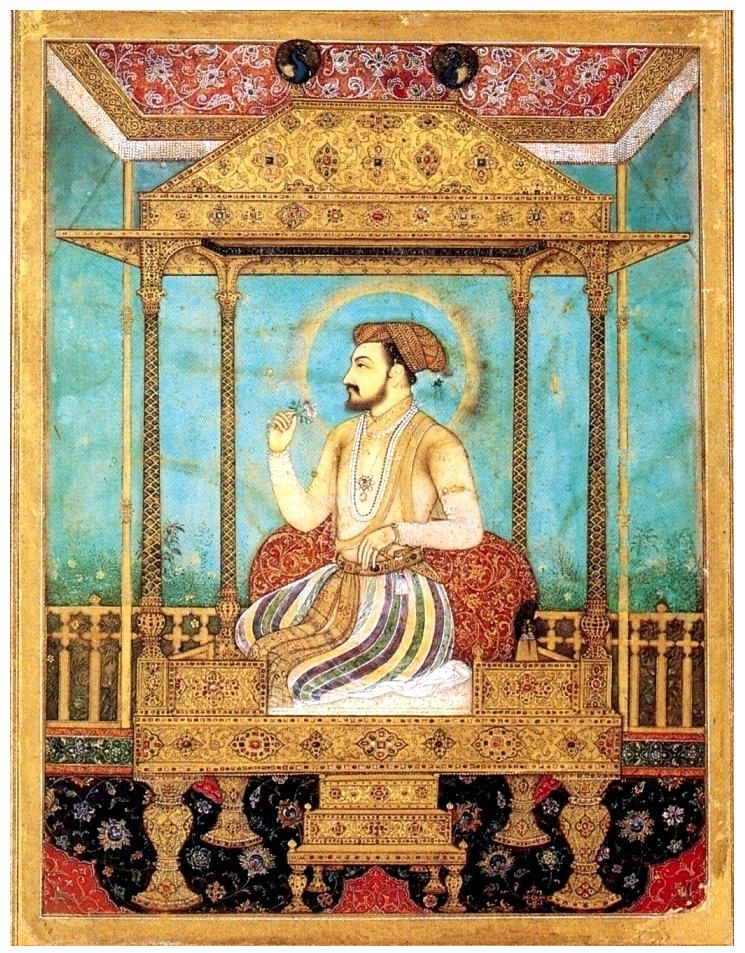
The Taj Mahal was built by the 16th century Mughal emperor Shah Jahan over a period of about 20 years. He built this huge tomb for his beloved wife, Mumtaz Mahal, who died prematurely. It is said that Shah Jahan dreamed of having his own tomb built opposite the Taj Mahal on the opposite bank of the Yamuna River. It is a romantic story that he loved his wife so much, but unfortunately, the story does not end there.
The struggle for succession to the Mughal throne is famously fierce from generation to generation, and Shah Jahan's sons were no exception. Shah Jahan's sons were no exception.
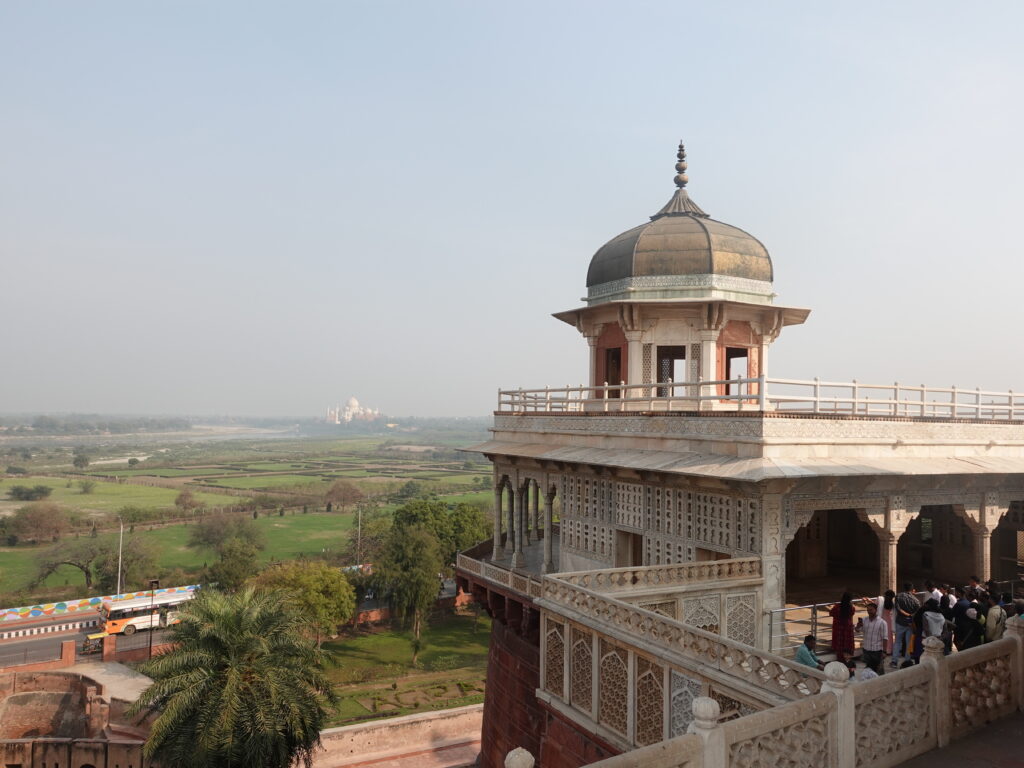
This photo was taken from Agra Castle near the Taj Mahal. Shah Jahan was imprisoned in the room with the balcony in front of this photo. The Yamuna River and the Taj Mahal are clearly visible. I had assumed that Shah Jahan spent his days in confinement looking at the grave of his beloved wife every day... but the truth is a little more complicated. For the purpose of writing this article after my return to Japan, I have used the following book written by Tamim Ansari.A History of the World from the Perspective of Islam."I was rereading the following
Shah Jahan lived in a one-room cell until his death, but this cell had only one window, and it was high up so that he could not see outside. However, after the old emperor's death, the guards found a small mirror on the wall, and it turned out that he could see the outside world reflected in the mirror even from his bed. The only thing that Shah Jahan could see was the Taj Mahal, reflected in the mirror through a single window.
Kinokuniya Shoten, Tamim Ansari, translated by Chieko Ozawa, "World History" from the Perspective of Islam, P365-366
To his surprise, Shah Jahan was living in solitary confinement, unable to see the outside world. In such an environment, he spent his time looking at the Taj Mahal through a mirror. It was a dream come true for him to look out from the balcony. To be honest, now that I know this fact, the romantic imagination I had when I was there has been shattered to pieces. History is cruel.
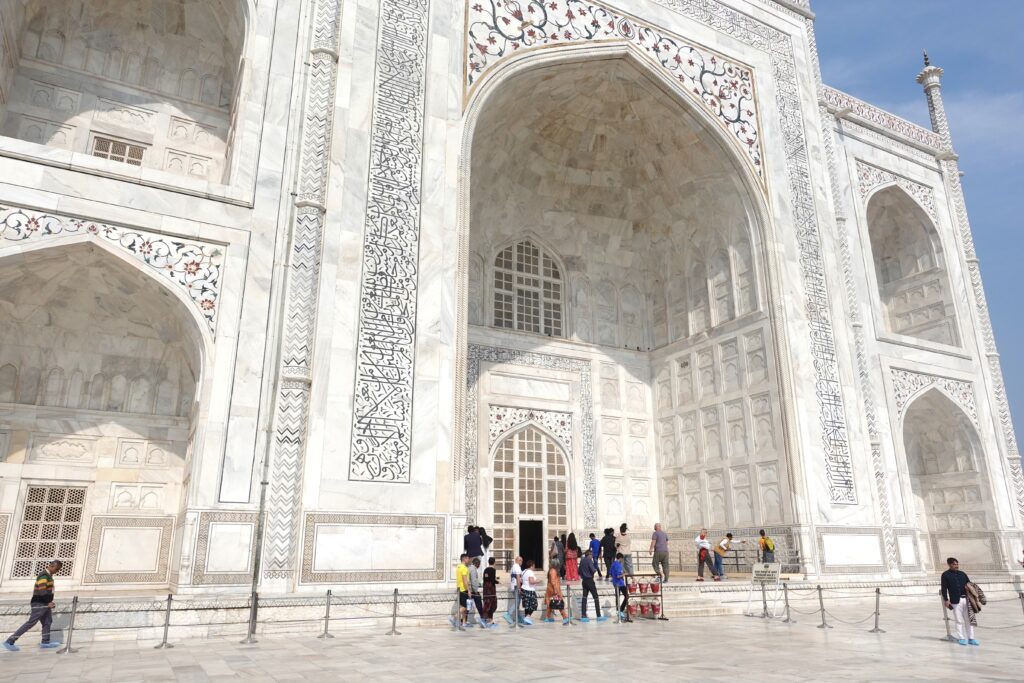
Now, let's come back to the Taj Mahal. Finally, we go inside. The size of the building is overwhelming. The decorations on the walls are also modest, which gives a good impression. It is not a show-off.
Photography was prohibited inside, so there are no photos from this point forward.
The interior was cool and the space seemed smaller than I had imagined. After all, this is a tomb.
In the room with the grave marker, a large sign said "Keep Silent," but the Indians were talking loudly without paying attention to anything in particular, and the guards kept blowing their whistles in response, the familiar chaos. I pity the queen who sleeps here.
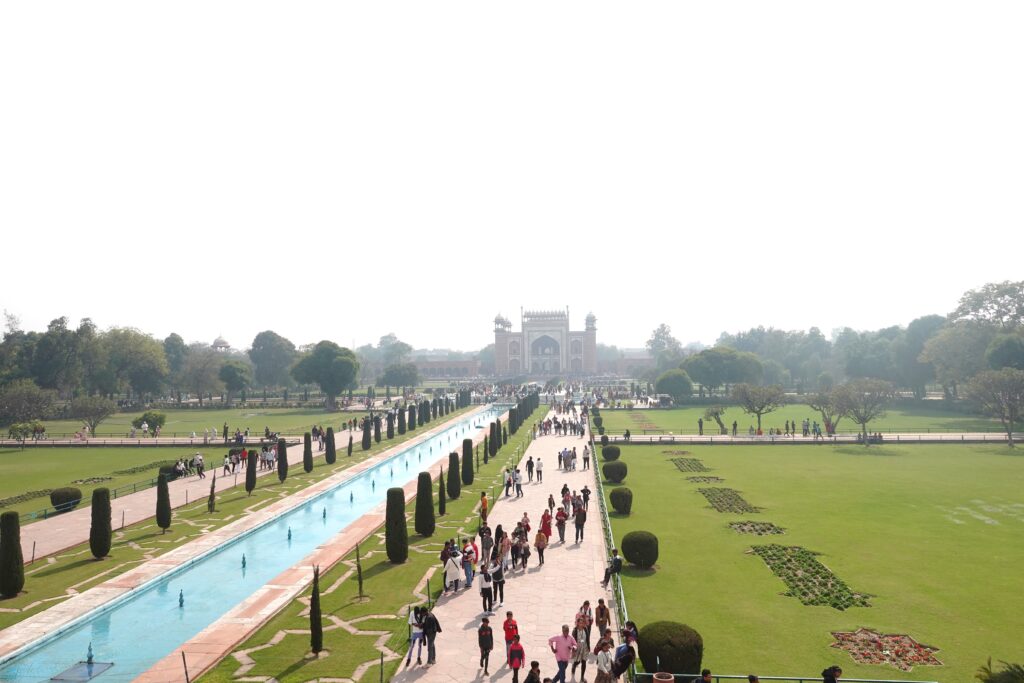
The photo above is the view from the Taj Mahal side. It was a new experience for me to see the opposite viewpoint from the one I usually see.
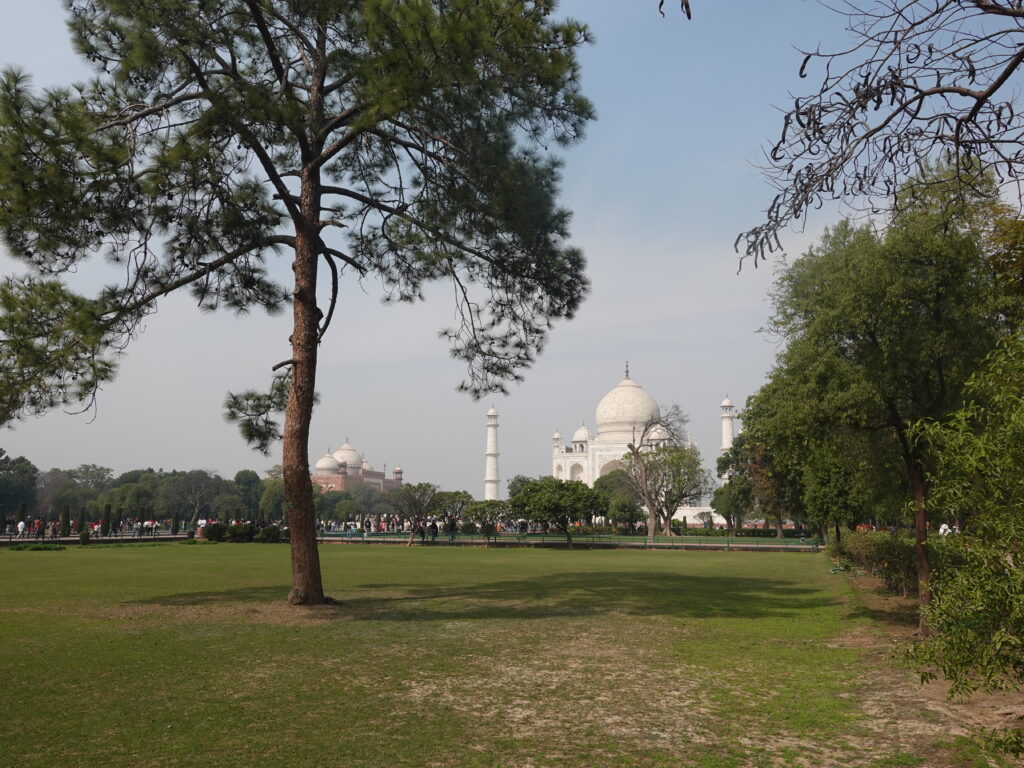
The Taj Mahal, the symbol of India, which I finally got to see for the third time in India.
And from here, the tour of Buddhist sites finally begins. The next destination is Sankasha, the site of the "Three Ways Descending the Treasury Floor," one of the Eight Great Sacred Sites of Buddhism.
*Below is an article with reference books on India and Sri Lanka that we have referenced in this travelogue. Please refer to them.
periodA list of recommended reference books to help you learn about Indian history, religion, and culture."
periodA list of recommended books for "those who want to know more about Indian Buddhism."
periodA list of recommended books to help you get to know the Buddhist country of Sri Lanka."
Next Article.
Click here to read the previous article.
Related Articles












